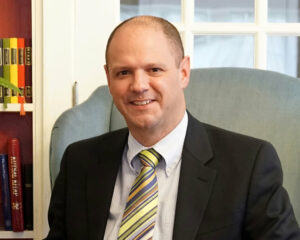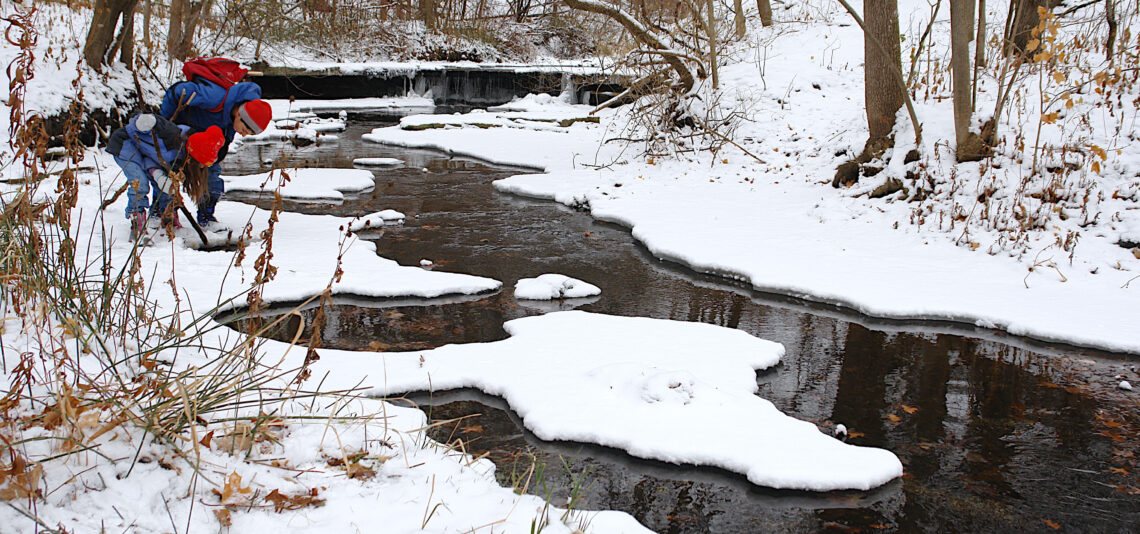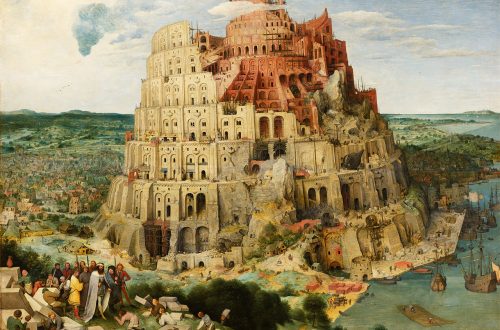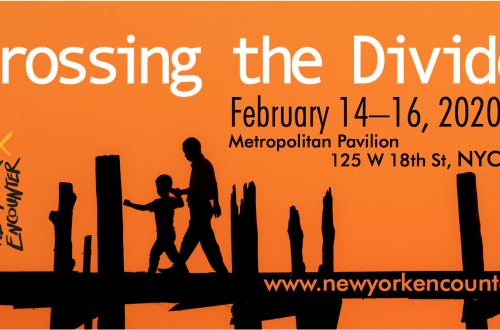by Jon Balsbaugh
The inmost significance of the exaggerated value which is set upon hard work appears to be this: man seems to mistrust everything that is effortless; he can only enjoy, with a good conscience, what he has acquired with toil and trouble; he refused to have anything as a gift.
– Josef Pieper in Leisure: The Basis of Culture
Call it a day, I wish they might have said
To please the boy by giving him the half hour
That a boy counts so much when saved from work.
in Robert Frost’s “Out, Out —”
It’s 6:02 in the morning. There are already three inches of snow on the ground. The forecast is calling for six to eight inches of total accumulation — substantive but not definitive.
Children still in their pajamas listen eagerly as the man on the radio reads a list of school closures in alphabetical order. Nothing.
They turn on the TV and watch the ticker scroll across the bottom of the screen. Once. Twice. Three times. Still no word. Despair mounts. The children begin eyeing their backpacks and lunchboxes nervously.
Then it happens. Just before the 6:30 deadline. School is closed: not delayed two hours but closed, honest to goodness, all day long — closed.
The living room erupts with a delight matched by little else in life. Maybe an athlete winning a game on a last-minute shot, a child coming downstairs on Christmas morning, or the moment when a groom sees his bride appear at the back of the church still have such power to move us. But there is very little else in the world like the delight of a snow day to a child.
Sadly, such delight may become a thing of the past.
In our post-pandemic world, schools have learned how to turn on a dime to so-called “e-learning.” Get to your modules, kids. Fire up the Wi-Fi. It’s time to Zoom in for today’s lesson. In the name of mandatory instructional days, limited disruption, and things like “curricular continuity,” professional educators and administrators argue that it is better for the children to keep them on track than to let them run free for a day or two. Many schools are doing away with the snow day altogether.
There are practical arguments for “e-learning” of course. Maybe it makes it easier for some parents if the kids have something to do. Administrators can prioritize safety in their decision-making, knowing conventional learning of some sort will still happen. No one will ever again have to worry about adding to the end of the year or cutting vacations short to make up the state-mandated number of school days.
But can any of these considerations compare to the joy of a fourth grader who will bundle up, put on his mittens, and head off in a waddling rush for the closest sledding hill? Can keeping up with the curriculum compare to the rare leisure of the junior high student who curls up in front of a bay window with her cup of hot chocolate to read Harry Potter again? Can a Zoom experience hold a candle to the high school students who take a football down to the park for an impromptu snow bowl?
Frankly, the idea of substituting euphemistic Connected Learning Days (CoLD) for traditional snow days is all too reminiscent of an exchange between Ebeneezer Scrooge and Bob Cratchit in A Christmas Carol:
“You’ll want all day to-morrow, I suppose?” said Scrooge.
“If quite convenient, sir.”
“It’s not convenient,” said Scrooge, “and it’s not fair. If I was to stop half-a-crown for it, you’d think yourself ill-used, I’ll be bound?”
The clerk smiled faintly.
“And yet,” said Scrooge, “you don’t think me ill-used, when I pay a day’s wages for no work.”
The clerk observed that it was only once a year.
“A poor excuse for picking a man’s pocket every twenty-fifth of December!” said Scrooge, buttoning his great-coat to the chin. “But I suppose you must have the whole day. Be here all the earlier next morning.”
Against such a spirit, the delight of a snow day alone argues for its humane value.
But as important as that joy is in and of itself, there are even deeper educational issues at stake in the snow day debate. It raises questions as to what counts as ‘education,’ how school and ordinary life ought to be integrated, and what the student brings to the table in that endeavor. The question of whether a snow day is no more than a ‘wasted opportunity for learning’ is the question of whether a child’s experience in the world outside of the classroom is an essential dimension of education or not.
For most students, we probably do have to carve out time for some kind of formal education. And that time is important for accomplishing some very particular aims — training students in basic skills, providing them a knowledge base, and communicating a tradition of understanding and insight. But the trappings of ‘school’ — Pavlovian bells, desks in neat rows, conversation managed by hand raising, etc. — make formal education admittedly artificial. To a child, that artifice can even seem enslaving.
Hence the enthusiasm associated with the freedom of a snow day.
In Education at the Crossroads, Jacques Maritain acknowledges that “a kind of animal training, which deals with psychophysical habits, conditioned reflexes, sense-memorization, etc., undoubtedly plays its part in education.” It is difficult to imagine formal education without some formal constraints. “But education,” Maritain continues, “is not animal training. The education of man is a human awakening.” And it is the world outside of the classroom not the world inside it to which students must awake.
What better opportunity to blend those two worlds than the snow day!
What if we understood the snow day not as a day off from learning but as a day of learning? What if a snow day became a portal through the back of a wardrobe into a world where your education was unscheduled, surprising, and spontaneous?
The first thing we would have to do as educators is to honestly acknowledge that as much if not more can be learned on a snow day as a regular school day. But we don’t need longitudinal studies or studies from Harvard to teach us that. We just need Bill Waterson’s last Calvin and Hobbes comic strip, a memory of childhood, and a little imagination.
Call the snow day. Let the children learn!
And if such things must be formalized and accounted for to placate the state, schools could create a “Snow Day Learning Plan.” Students would be free to do whatever they wished in the “learning laboratory” we call the world, so long as they experienced life with all five senses and allowed themselves at least twenty minutes of pure solitude. If we are forced to produce evidence, have each child go to a specific location and record one new observation for each of the cardinal directions. Students could ask three questions about the world they encountered.
Imagine the return from such an adventure! The day after the snow day could take the form of a massive show and tell, full of the kind of back-and-forth dialogue that ought always to mark true learning. Maybe one young man will have brought in a bird’s nest. Perhaps the girl in the back row will ask how it could start snowing when it was 34° and still above freezing. Someone might have seen the figure of the sun through thin clouds and realized that it was about the same size as the moon. A true master teacher might respond to one of these with an impromptu lesson in composing haiku, a mathematical or scientific exploration of apparent size relative to distance, or a brainstorming session about the world in which we live.
Yes, the technology widely developed during the COVID-19 pandemic makes snow days “unnecessary.” But if we choose to save them, we just might find we have saved education itself in the process.

Jon Balsbaugh is the founder and chief editor of Veritas Journal and owner and operator of Kairos Educational Consulting. He lives in South Bend, IN with his wife and five children. Mr. Balsbaugh has been involved in classical education for over twenty-five years. He enjoys seeing the world through the lens of his three primary hobbies: fly fishing, foraging, and photography.
Header Image: © Kairos Photography





